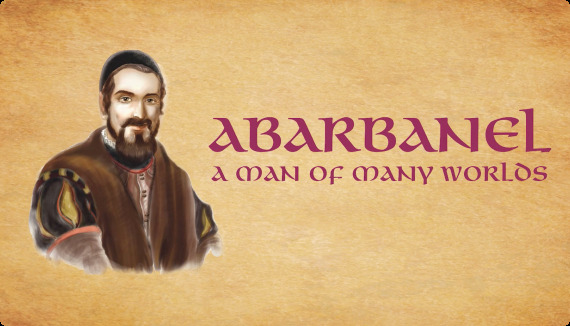One of the reasons why the sefira period of time between Pesach and Shavuot is marked as a period of semi-mourning on the Jewish calendar is the haunting memory of the pogroms that accompanied the First Crusade in 1096. The first thirty-three days of the sefira period mark the deaths of the twenty-four thousand students of Rabbi Akiva in the times of the Roman persecutions initiated by Hadrian in the second century CE. However, the final days of the sefira period are days of mourning because of the destruction of the Jewish tri-communities of Speyers (Shapiro), Worms (Vermayza) and Mainz (Magence.) The Christian crusaders who were to embark on their holy mission to free the Holy Land from the domination of the Moslem infidels found closer infidels - the Jews - at hand. These Jewish communities were themselves very ancient even in the eleventh century. They were Jewish communities in Roman times and Jewish legend traces them back even to pre-Roman times. They were the heart of Jewish life in the Rhineland and were the seats of Torah scholarship for the Ashkenazic Jewish communities of France and Germany. The great yeshiva of Rabenu Gershom, the Light of the Exile, was in Mainz, where Rashi journeyed in his youth to study Torah from the disciples of Rabenu Gershom. The Jewish community was prosperous, well established and seemingly secure. However, the fury of the Crusaders fell upon that community, with hundreds being slaughtered and Jewish property being burned and looted. The Crusaders dragged their Jewish victims to the baptismal fount demanding their conversion to Christianity. Some Jews succumbed, but most of the Jews of those communities accepted death, even killing their own families rather than accepting any form of conversion. It was a dark time in Jewish history and remains as deep and dark a page in the annals of the Christian Church.
In the aftermath of the destruction of the communities of Speyers, Worms and Mainz, the Jewish communities in France and the Rhineland declined. By the end of the Second Crusade in the twelfth century, it was obvious that the Jewish future in those countries was dismal. In the thirteenth century, after the failure of the Third Crusade, King Louis IX of France expelled all Jews from living in his domain. In effect, this ended Jewish life in France for many centuries. The shadow of the Crusades haunted European Jewry till our day. It was the first of the Christian Holocausts perpetrated against the Jewish people in Europe. Tragically, it would not be the last. However, the enormity of the later Holocausts - Chmelienicki, Hitler, Stalin - caused the memory of the Crusades and their bloody cruelty to fade in the Jewish consciousness. It is the observance of the sefira period that has not allowed that memory to be completely obliterated from Jewish consciousness and recollection. We should be grateful for this, for it is in memory that we eventually find purpose and redemption.
The Crusades were a complete failure as far as the Christian world was concerned. It laid the seeds for the omnipresent hatred of Christians and Christianity in the Moslem world. It failed in establishing Christian control over the Holy Land. It weakened the power and control of the Church over the European monarchs and nobles. Eventually, the failure of the Crusades led to destabilization of much of Christian Europe as kings no longer set off on far-off adventures as easily as before. For the Jews, the Crusades represented a very rude awakening as to their truly precarious position within Christian Europe. In the end ,all attempts by the Jews to reach accommodation with their neighbors living in Christian Europe proved to be fruitless. The hatred and anti-Semitism bred into Europe by the Crusades and its aftermath unfortunately still finds expression today in the open hostility towards Jews, Israel and the free Jewish life that so mark current European society. To blame all of this solely on increased Moslem population in Europe is to whistle past the graveyard. The memory of the Crusades is not only present within us in our commemoration of the sefira period. It exists as well in the memory of the descendants of the crusaders. Let us pray that the sefira period will somehow be transformed into happier times for all concerned.
Berel Wein



